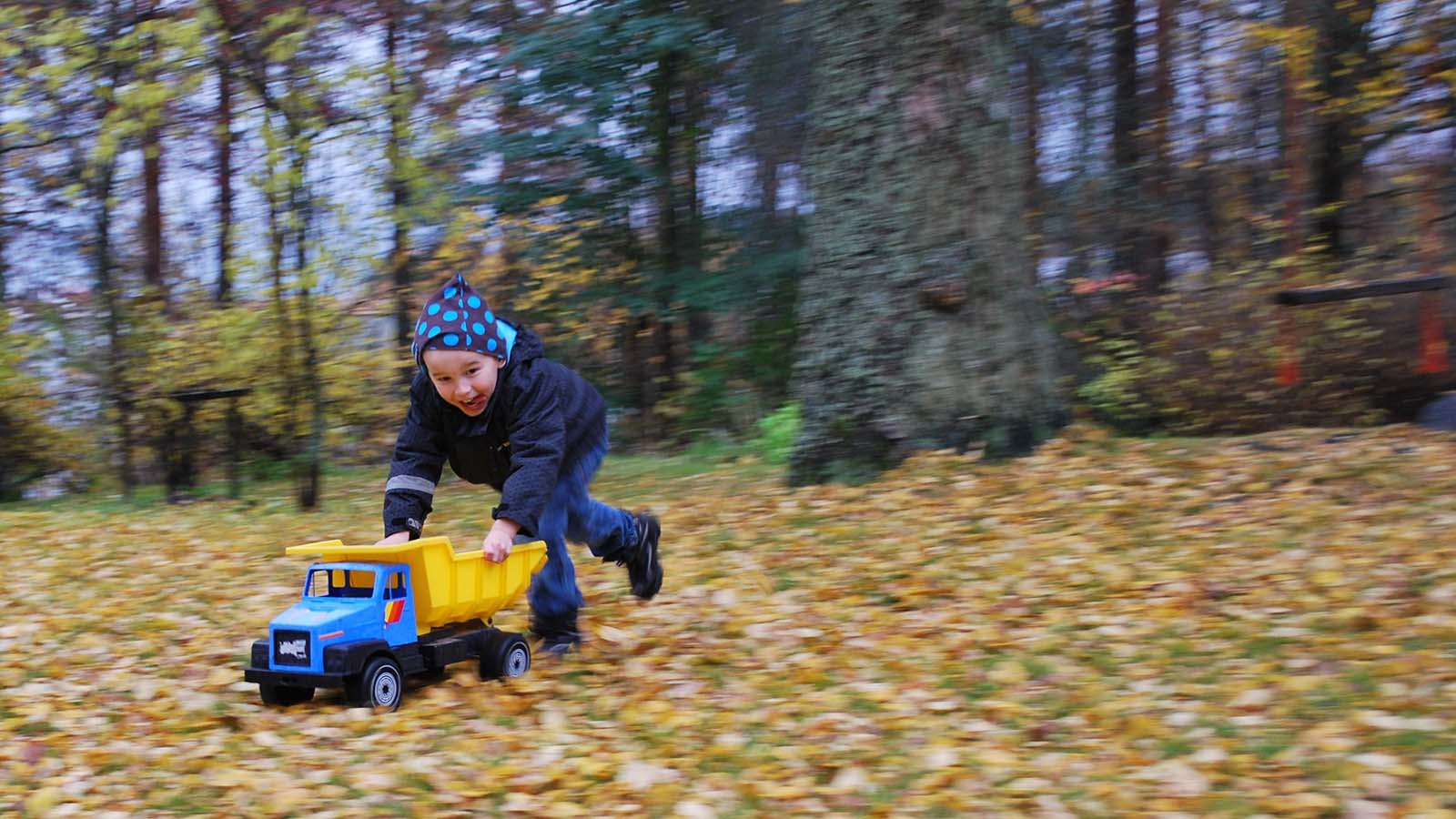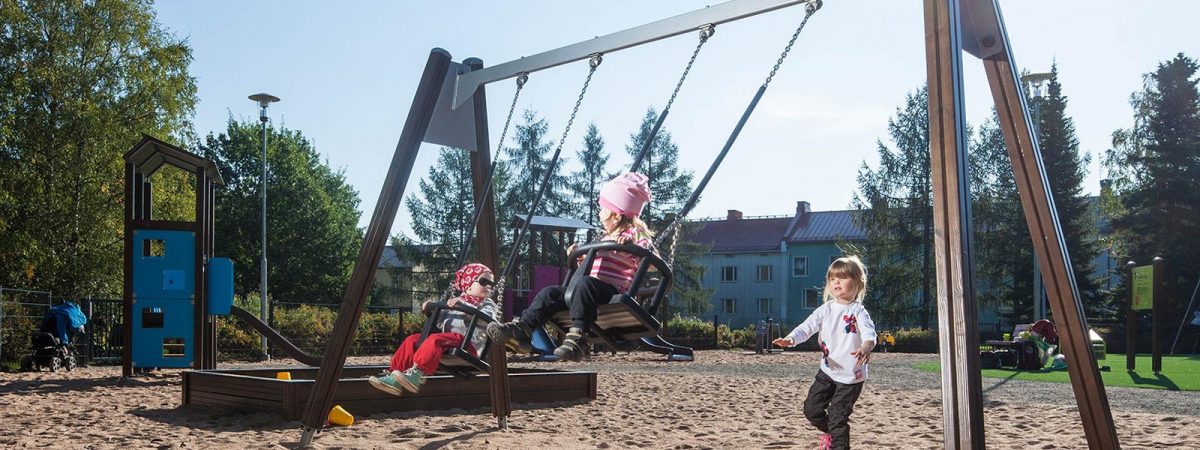ALWAYS ON THE MOVE?
Contents
- 1 A young child’s expanding sense of initiative is often observed within their curiosity, exploration and very active behaviour. Play is a natural component of a child’s everyday life and assists the child to make sense of his or her world, and learn about their bodies and movement capabilities. Children’s activities typically incorporates vigorous physical components, and is motivated through an inate drive to play, therefore it may be called as a physically active play.
- 2 “The present sample of children was physically more active outdoors than indoors. For instance, plays with touching, riding, or pushing wheeled toys such as tricycles, scooters and wagons showed higher levels of physical activity.”
- 3 Physical activity is the right of every child!
A young child’s expanding sense of initiative is often observed within their curiosity, exploration and very active behaviour. Play is a natural component of a child’s everyday life and assists the child to make sense of his or her world, and learn about their bodies and movement capabilities. Children’s activities typically incorporates vigorous physical components, and is motivated through an inate drive to play, therefore it may be called as a physically active play.
Accumulated evidence reinforces that, physical activity has many health benefits, furthermore, as essential requirement of children’s healthy growth and development. Behavioural habits, such as physical activity and sedentary behaviour (e.g., prolonged sitting and TV viewing) are formed in early childhood. Taken together, an active lifestyle in childhood serves as the foundation for an active lifestyle later in life.
Despite the perception that preschool children are continuously active, previous studies in early childhood have drawn attention to the fact that levels of physical activity are typically low and sedentary behaviour high, and currently many children do not achieve the standards proposed in global guidelines for daily physical activity.
Indeed, according to my study finding’s Finnish 3-year-old children spent the major part of their time in sedentary–level activities, such as sitting, standing and walking. The present sample of children was physically more active outdoors than indoors. For instance, plays with touching, riding, or pushing wheeled toys such as tricycles, scooters and wagons showed higher levels of physical activity.

“The present sample of children was physically more active outdoors than indoors. For instance, plays with touching, riding, or pushing wheeled toys such as tricycles, scooters and wagons showed higher levels of physical activity.”
Recently, there has been extensive discussion about the sedentary behaviour habits of the adults and adolescents, however, the current study findings highlighted a lack of moderate to vigorous physical activity in young preschool children. Therefore, the following suggestions can be offered for increasing physical activity and decreasing sedentary time among preschool children:
>> Throughout the year preschool children should be given possibility to play outdoors, and also encouraged to engage high amount of time in moderate to vigorous levels of physical activity activities, and minimize the time spent in sitting or engagement in sedentary activities.
>> Early educators and parents should create environments that encourage children to be active physically, and family and childcare settings should have basic equipment (such as balls, sticks and fixed playground equipment for climbing) for children’s self-motivated activities.
>> Positive prompting and encouragement by early educators and parents are needed to promote and further support physical activity engagement, and to achieve the daily recommendations of physical activity in young children.
In summary, it remains important to continue to evaluate both how much, and the type of activity in which children should engage to achieve a sufficient level of physical activity to support the attainment of genuine health benefits. Most importantly, all those involved in the domain of children’s well being need to maintain the current societal focus on how best to support children to be “always on the move”?

